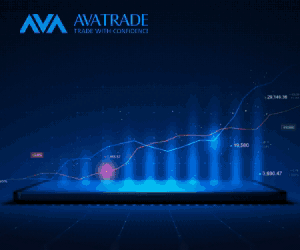Contract for difference (CFD)
About CFDs
CFD trading is a recent financial instrument introduced during the 90’s in London, a concept which has rapidly grown in the past decades. CFDs were initially pioneered by a derivative brokerage company named Smith New Court (London). The company had some hedge fund clients who were seeking methods to short sell the market while using high leverage and this trading method provided the opportunity to avoid stamp duty, just as the members of the London Stock Exchange.
Additionally, the technological boom gave access to market traders’ and allowed them to value the direction of stocks using CFDs, and also made it possible for traders to make short term investments. The first company that introduced CFDs in the private sector was GNI by creating an online trading platform by the name of GNI Touch. This move, gave access to private investors and small investment firms in the London Stock Exchange without having direct access to it.
Some advantages that are associated with CFDs are that they offer to traders the opportunity to generate profits on a stock that either goes up or down. CFDs provide to traders a cheap method of trading on a big amount of stocks and additionally gave traders’ access to value the direction of stocks. However, it is important to remember that CFDs are a leveraged product, which means that you can lose more money than you invest. It is therefore important to carefully consider your risk tolerance before trading CFDs.
What are CFDs
“A contract for Difference (CFD) is a derivative trading instrument that allows you to trade the price movements (when you enter and exit a trade), without owning the underlying instrument, in most cases shares or equities.” P. Mathers
A CFD is actually an agreement to exchange the difference between the price of a share when opening a trade and the price of a share when closing a trade. In addition, a CFD is traded on margin, same as Spread Betting, and traders can generate profits either by rising or falling markets, because the trader doesn’t actually own the shares. The most common CFD type is share CFDs; however, there are other types as well, such as Sectors, Indices, Commodities and other treasuries.
Unlike traditional asset purchases, where ownership confers rights and responsibilities, CFD trading solely focuses on the price movement of the asset. This unique feature allows traders to profit from both rising and falling markets, as they are not bound by the constraints of asset ownership. Additionally, CFD trading is margin-based, enabling traders to leverage their capital and control larger contract sizes. However, this leverage can magnify both profits and losses, making risk management crucial.

